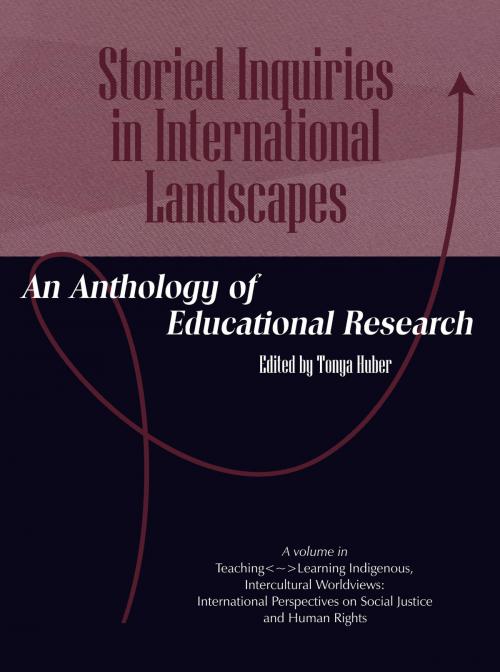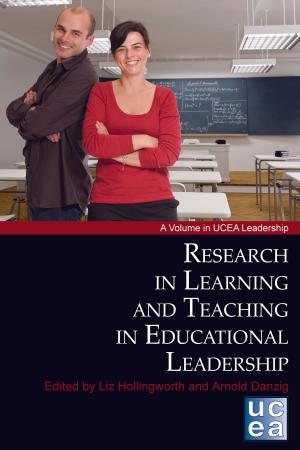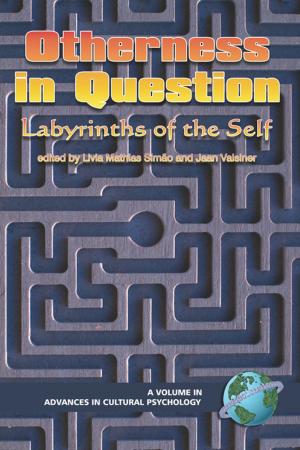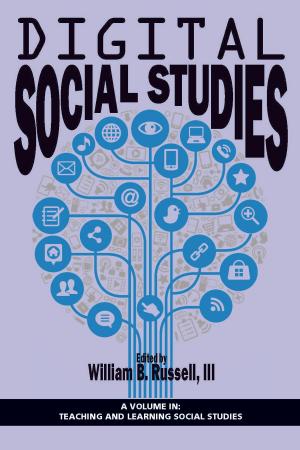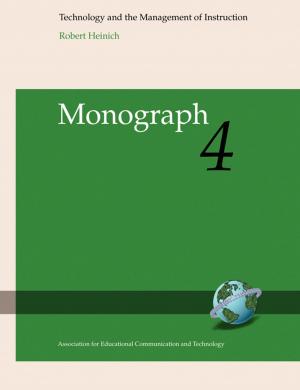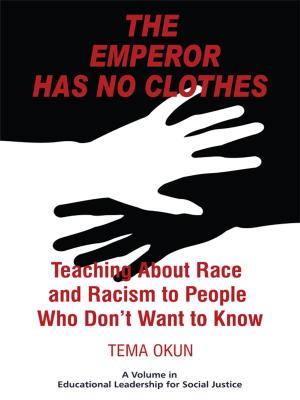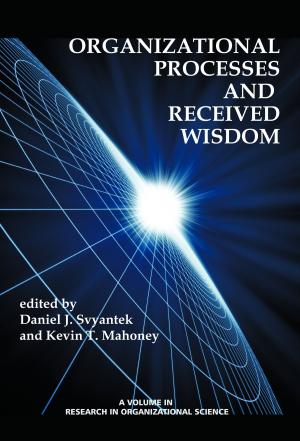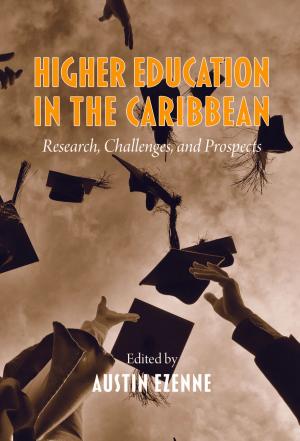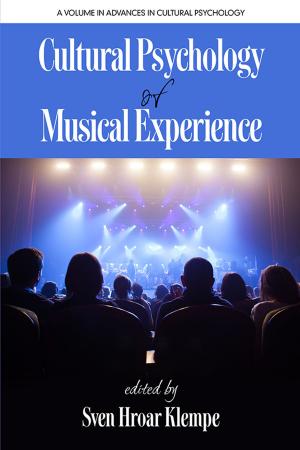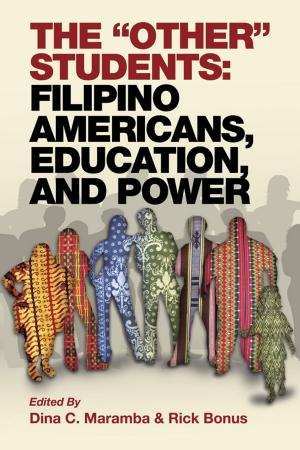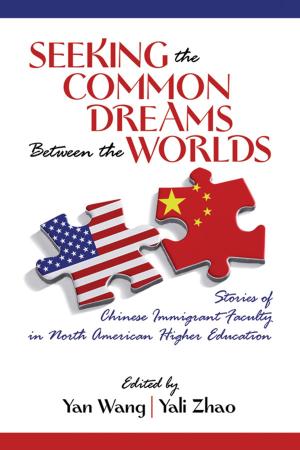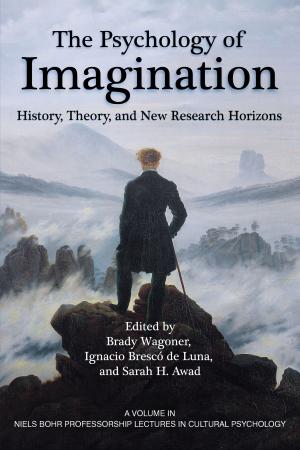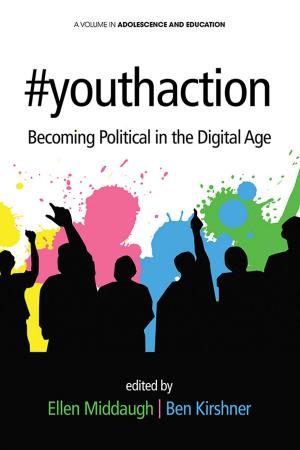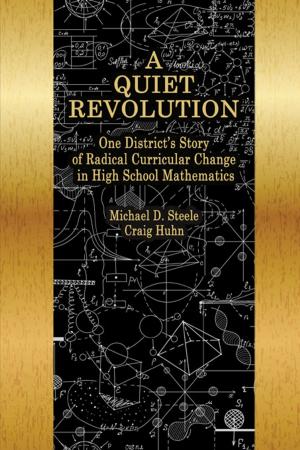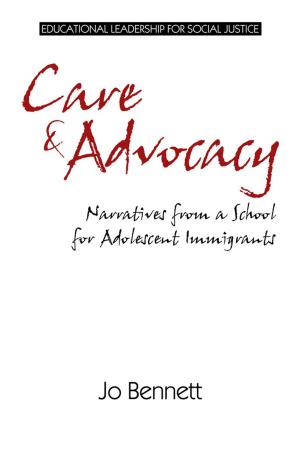Storied Inquiries in International Landscapes
An Anthology of Educational Research
Nonfiction, Reference & Language, Education & Teaching, Educational Theory, Aims & Objectives, Higher Education| Author: | ISBN: | 9781607523970 | |
| Publisher: | Information Age Publishing | Publication: | June 1, 2010 |
| Imprint: | Information Age Publishing | Language: | English |
| Author: | |
| ISBN: | 9781607523970 |
| Publisher: | Information Age Publishing |
| Publication: | June 1, 2010 |
| Imprint: | Information Age Publishing |
| Language: | English |
Storied Lives: Emancipatory Educational Inquiry—Experience, Narrative, & Pedagogy in the International Landscape of Diversity contains exemplary research practices, strategies, and findings gleaned from the contributions to the 15 issues of the Journal of Critical Inquiry Into Curriculum and Instruction (JCI~>CI). Founding Editor Tonya Huber initiated the JCI~>CI in 1997, as a refereed journal committed to publishing educational scholarship and research of professionals in graduate study. The journal was distinguished by its requirement that the scholarship be the result of the first author’s graduate research—according to Cabell’s Directory, the first journal to do so. Equally important, the third issue of each volume targeted wide representation of cultures and world regions. “Current thinking on ...” written by members of the JCI~>CI Editorial Advisory Board explores stateoftheart topics related to curriculum inquiry. Illustrations, photography (e.g., Sebastião Salgado’s Workers in vol. 2), collage, studentgenerated art/artifacts, and fullcolor art enhance cuttingedge methodologies extending educational research through Aboriginal and Native oral traditions, artsbased analysis, found poetry, data poetry, narrative, and case study foci on liberatory pedagogy and social justice action research.
Storied Lives: Emancipatory Educational Inquiry—Experience, Narrative, & Pedagogy in the International Landscape of Diversity contains exemplary research practices, strategies, and findings gleaned from the contributions to the 15 issues of the Journal of Critical Inquiry Into Curriculum and Instruction (JCI~>CI). Founding Editor Tonya Huber initiated the JCI~>CI in 1997, as a refereed journal committed to publishing educational scholarship and research of professionals in graduate study. The journal was distinguished by its requirement that the scholarship be the result of the first author’s graduate research—according to Cabell’s Directory, the first journal to do so. Equally important, the third issue of each volume targeted wide representation of cultures and world regions. “Current thinking on ...” written by members of the JCI~>CI Editorial Advisory Board explores stateoftheart topics related to curriculum inquiry. Illustrations, photography (e.g., Sebastião Salgado’s Workers in vol. 2), collage, studentgenerated art/artifacts, and fullcolor art enhance cuttingedge methodologies extending educational research through Aboriginal and Native oral traditions, artsbased analysis, found poetry, data poetry, narrative, and case study foci on liberatory pedagogy and social justice action research.
